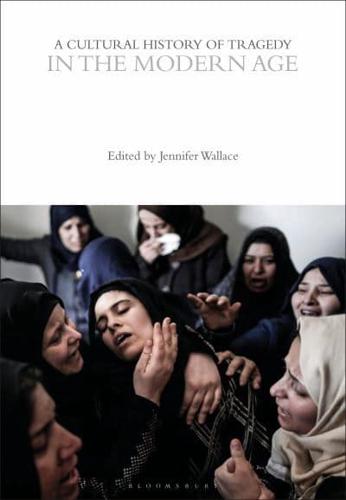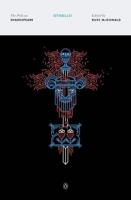Publisher's Synopsis
In this book leading scholars come together to provide a comprehensive, wide-ranging overview of tragedy in theatre and other media from 1920 to the present. The 20th century is often considered to have witnessed the death of tragedy as a theatrical genre, but it was marked by many tragic events and historical catastrophes, from two world wars and genocide to the proliferation of nuclear weapons and the anticipation and onset of climate change. The authors in this volume wrestle with this paradox and consider the degree to which the definitions, forms and media of tragedy were transformed in the modern period and how far the tragic tradition-updated in performance-still spoke to 20th- and 21st-century challenges. While theater remains the primary focus of investigation in this strikingly illustrated book, the essays also cover tragic representation-often re-mediated, fragmented and provocatively questioned-in film, art and installation, photography, fiction and creative non-fiction, documentary reporting, political theory and activism. Since 24/7 news cycles travel fast and modern crises cross borders and are reported across the globe more swiftly than in previous centuries, this volume includes intercultural encounters, various forms of hybridity, and postcolonial tragic representations. Each chapter takes a different theme as its focus: forms and media; sites of performance and circulation; communities of production and consumption; philosophy and social theory; religion, ritual and myth; politics of city and nation; society and family, and gender and sexuality.












